RK: Consumer RX will be much better optimized for all the top gaming titles and flavors of RX Vega will actually be faster than Frontier version!
RaverendCatch: Raja, are you not shaving your beard until Vega is launched?
RK: Yes:)
TitanicFreak: My first question for you is what is your vision with Vega? What do you see Vega excelling in? Specifically in the consumer market. Do you see people using Vega similar to how its predecessor (Fiji) was used? Where both the Fury X and Nano excelled in m-ITX builds. Do you see Vega continuing that?
My other question would be what is the difference between the Blue and Gold variants of the Frontier Edition. Do they share a similar TDP and clock speed with the Gold edition merely being more quiet due to it’s liquid cooling? Or is there something more separating the two apart?
RK: Primary vision with Vega was to establish our next generation architecture that is capable of dealing with large data-sets (tera, peta,exa etc)
From a gaming perspective we wanted to build a product that tackles the challenging 4K@60Hz for AAA gaming…
Like Fiji Vega will excel in small form factors etc due to HBM2 advantages
Yes – the gold version may have more thermal headroom that could help in some scenarios
nas360: Why the official Frontier page shows renders of the card with 2x8pin connectors and the one you were holding at the presentation has 1×8 + 1×6 connectors?
RK: I grabbed an engineering board from the lab on the way to the Sunnyvale auditorium, and that boards works well with a 6 and an 8 pin. We decided to put two 8 pin connectors in the production boards to give our Frontier users extra headroom
Pepri: Was the card used in the gaming demos a Frontier Edition? And if so, was it the water cooled one or the air cooled version?
RK: It was an air-cooled version
Does the card profit from DX12 a lot or is DX12 performance similar to DX11 performance?
RK: Our architecture is very well suited for explicit APIs such as DX12 and Vulkan. If a game or a game engine prioritizes low level access to the GPU, Vega will soar. At the same time we’re optimizing Vega for legacy APIs as well as much as possible.
Is there a difference in performance/clock speed between the water and the air cooled version or is one just quieter/cooler?
RK: There will be a slight difference in clock speeds, and therefore performance as well.
RA2lover: How difficult is the process of developing drivers for a GPU architecture with so many differences from previous product designs?
RK: Developing drivers for new architecture is one of the most complex and difficult engineering tasks for a GPU company…In fact this is one of the reasons why there are only so few GPU companies.
WallyWest: Is the Frontier Edition a card like a Titan X (a professional/gaming card?), will we have the choice between RX driver and Pro Driver? Is it a Pro Card or a Gaming Card? Or both?
RK: The Frontier Edition was designed for a variety of use-cases like Machine Learning, real-time visualization, and game design. Can you play games on Frontier Edition? Yes, absolutely. It supports the RX driver and will deliver smooth 4K gaming. But because it is optimized for professional use cases (and priced accordingly), if gaming is your primary reason for buying a GPU, I’d suggest waiting just a little while longer for the lower-priced, gaming-optimized Radeon RX Vega graphics card
wickedplayer494: Does Frontier Edition use 4 stacks or 2 stacks of HBM2?
RK: Frontier edition employs 2 stacks of HBM2
480 GB/s of memory bandwidth is slower than Fiji’s 512 GB/s, and that was with first generation HBM. When HBM1 on Fiji can match or beat these speeds, it sort of makes you wonder, what even is the point of using HBM2 anyway if configurations don’t surpass Fiji’s memory bandwidth? Besides PCB space savings and latency
RK: Both Fiji’s and Vega’s HBM(2) implementations offer plenty of bandwidth for all workloads. (nalasco – need help here)
Can we please get the ability to overclock HBM2?
RK: We’ll see what we can do about that
Can we pretty please get a 16 GB variant of Radeon RX Vega?
RK: We will definitely look at that…
Proxiros: Thank you for this AMA knowing how valuable your time is. I don’t expect that you will reveal much today (NDA) but the only thing that all await is: Will Vega for consumers revealed at Computex ( http://www.amdcomputex.com.tw ) this year? or at least a launch date? Keep up the good work!
RK: We’ll be showing Radeon RX Vega off at Computex, but it won’t be on store shelves that week. We know how eager you are to get your hands on Radeon RX Vega, and we’re working extremely hard to bring you a graphics card that you’ll be incredibly proud to own. Developing products with billions of transistors and forward-thinking architecture is extremely difficult — but extremely rewarding — work. And some of Vega’s features, like our High Bandwidth Cache Controller, HBM2, Rapid-Packed Math, or the new geometry pipeline, have the potential to really break new ground and fundamentally improve game development. These aren’t things that can be mastered overnight. It takes time for developers to adapt and adopt new techniques that make your gaming experience better than ever. We believe those experiences are worth waiting for and shouldn’t be rushed out the door. We’re working as hard as we can to bring you Radeon RX Vega.
On HBM2, we’re effectively putting a technology that’s been limited to super expensive, out-of-reach GPUs into a consumer product. Right now only insanely priced graphics cards from our competitors that aren’t within reach of any gamer or consumer make use of it. We want to bring all of that goodness to you. And that’s not easy! It’s not like you can run down to the corner store to get HBM2. The good news is that unlike HBM1, HBM2 is offered from multiple memory vendors – including Samsung and Hynix – and production is ramping to meet the level of demand that we believe Radeon Vega products will see in the market.
RA2lover: What things does the RX Vega have over the Radeon Vega FE that would make it worth the extra wait?
RK: RX will be fully optimized gaming drivers, as well as a few other goodies that I can’t tell you about just yet….But you will like FE too if you can’t wait:)
anihallatorx: I understand that the Vega architecture is focused mainly on increasing/enabling performance on large datasets, like utilizing HBM2, HBCC etc to fuel a vision of high frame rate 4K, VR and photorealistic situations. Where does it stand on the compute side of things? Like a new geometry engine?
RK: On the compute side of things..Vega FE will be the fastest single GPU solution (>12.5 TFlops FP32) when it’s available and our NCU packs several additional optimizations, including Rapid-Packed-Math which delivers >25 TFLops of FP16
KoolNerdz: What does Vega mean for Nvidia Volta? Is there gonna be a different design? Tell me a joke.
RK: One thing for certain is that Vega Instinct is well positioned to deliver dramatically better performance per dollar;, and TCO(total-cost-of-system ownership) is probably the most important metric to our machine learning and hyperscale customers and combined with Epic/Naples – Vega is extremely attractive..
You want a joke:)
Vega needs some extra Volta(ge) for overclocking:)
Nicolii: How will HBC effect content creation to 3d artists?
Does it help in any way in 3d programs? How so?
RK: Having 16GB of HBC on board will allow 3d artists to work on larger and even more complex models than ever before. Depending on the workload we have seen scenarios where 16 GB of HBC is effectively same performance as having 32 GB or 64 GB of regular VRAM
fooy787: I’m currently studying game programming at college (going to be a senior next year wooo) and I was wondering if you could discuss in what ways the new geometry pipeline will affect us programmers? What makes it more efficient than before?
RK: The new geometry pipeline in Vega was designed for higher throughput per clock cycle, through a combination of better load balancing between the engines and new primitive shaders for faster culling. As a programmer you shouldn’t need to do anything special to take advantage of these improvements, but you’re most likely to see the effects when rendering geometrically complex scenes that can really push the capabilities of the hardware.
RandomColletion: With DX12 and Vulkan, what is the future of Crossfire and other multi-GPU solutions?
RK: With new explicit APIs such as DirectX 12 and Vulkan, developers have full control over multi-GPU behavior. What I saw from developers such as Firaxis and Oxide were quite impressive and very encouraging. We’re constantly evangelizing the benefits of explicit multi-GPU implementations with developers, and I believe we will see more and more funky and efficient use-cases.
=== AMA Ended ===

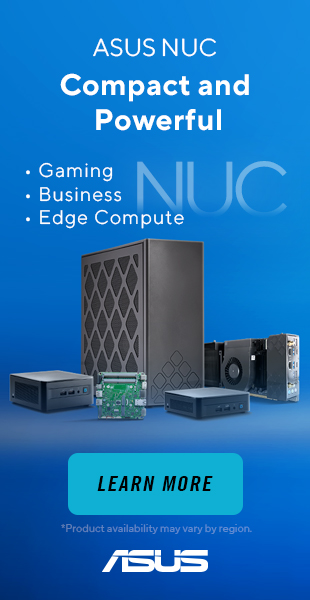

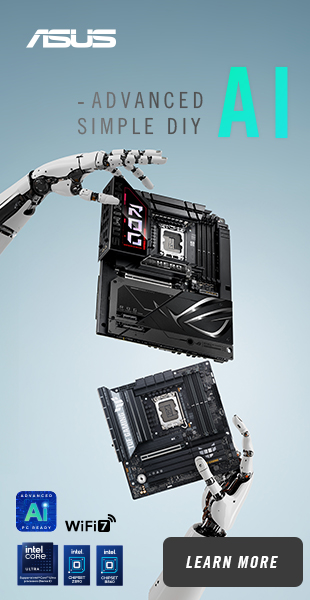
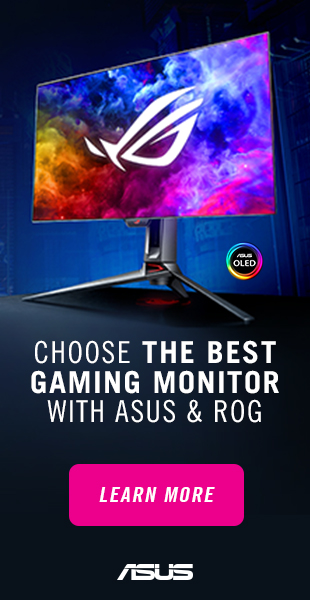
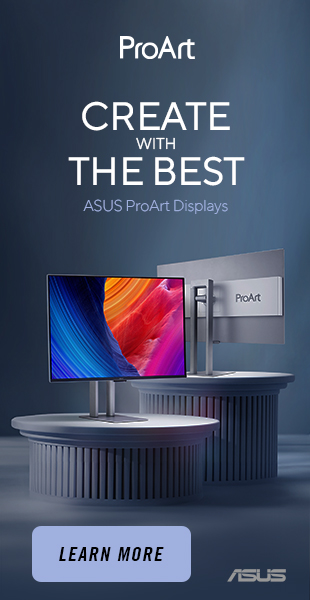

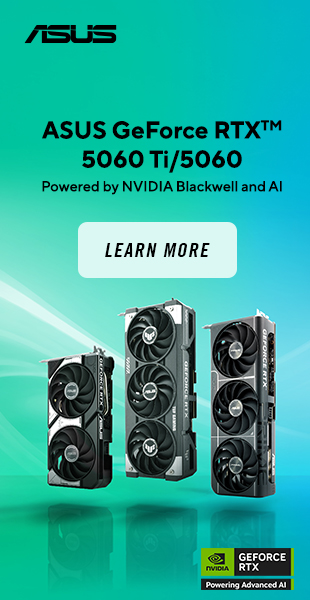
Valio! Ura! 🙂
Ura tavaryschi vega coming soon 😉
kiek daug demesio dar neisleistam produktui 🙂
Hopes and dreams